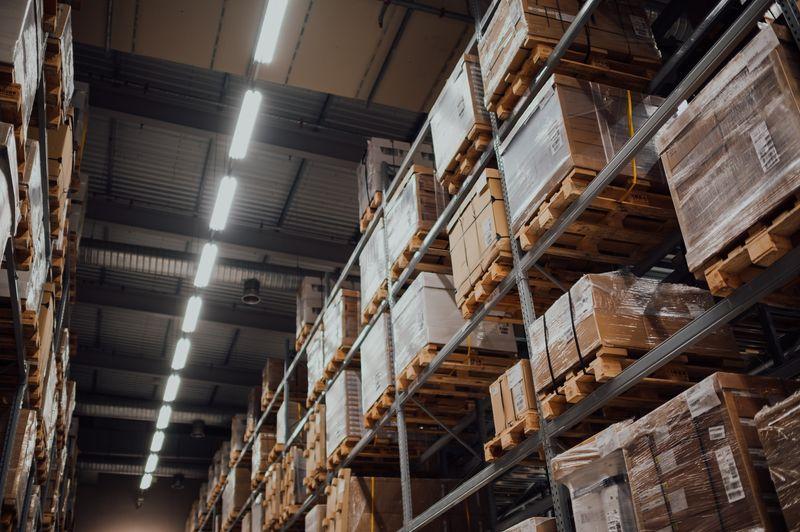When you have been considering your options for freight, warehousing and distribution as a shipper, you may well have come across mention of “consolidation containers” or “consolidated shipping”.
But what does this reference to consolidation mean, and what implications could it have for you?
If your shipments don’t fill capacity, this could cost you
To understand what consolidated shipping is, it is important to understand how frequent it is in supply chains for partial shipments to occur – in other words, shipments that don’t fill capacity.
You can probably immediately see the problem here: if a shipment that you are looking to have transported from one part of the world to another only takes up half or a third of a trailer, but you need to pay for the entire space, this is hardly a desirable situation when it comes to optimising your freight costs.
When such additional expense is multiplied over considerable volumes of shipments over time, the strain it imposes on your own organisation’s budget can be serious indeed.
Less than container load vs full container load
But the above isn’t solely a problem that you might face; plenty of other importers and exporters have their own partial shipments that are too small to fill an entire container.
These types of shipments are known in the freight industry as "less than container load”, or LCL. The opposite of that, a shipment that does have sufficient mass to require an entire container for shipping, is referred to as “full container load”, or FCL.
So, you can probably see where consolidated shipping comes in useful here. It is a method of shipping that involves a consolidator combining individual LCL shipments from various shippers into a single full container shipment. This can be a feasible option in cases where different LCL shipments are set to be shipped to the same, or similar locations.
As an importer or exporter, you will be able to access more competitive rates if you agree to have your shipments consolidated in this way. Once the full container shipment – containing not only your transported goods, but also those of other shippers – reaches its destination, the shipments will be deconsolidated into their original LCL shipments.
Shipment consolidation can bring a range of advantages, but also some challenges
As we touched on above, participating in consolidated shipping may be especially attractive to you due to the scope that it presents to save money, as you won’t be forced to pay for the entire container or trailer space despite only using some of that space for your shipment. Instead, you will simply be able to pay for however much space your freight takes up in the container.
That is not the only potential benefit, though. Consolidation follows a model that allows for the handling of goods through their journey to be significantly reduced due to the fewer touchpoints involved, thereby lessening the likelihood of those goods being damaged.
Plus, shipment consolidation can simply help you get your transported items to where they need to be sooner, tapping into the in-depth expertise and resources of companies that are accustomed to dealing with large freight volumes, and that have well-optimised systems for doing this.
However, the consolidated shipping process doesn’t come without its challenges. There are, after all, the added steps of consolidation and deconsolidation involved in this process, and consolidated shipping in general simply requires more planning and organisation.
This is why you should take care to choose a reputable freight forwarding company if you are interested in making the most of shipment consolidation for the transportation of your own goods.
To learn more about how KTL UK can assist you with any of a broad range of requirements in relation to shipping, warehousing and distribution, please don’t hesitate to contact us today.
